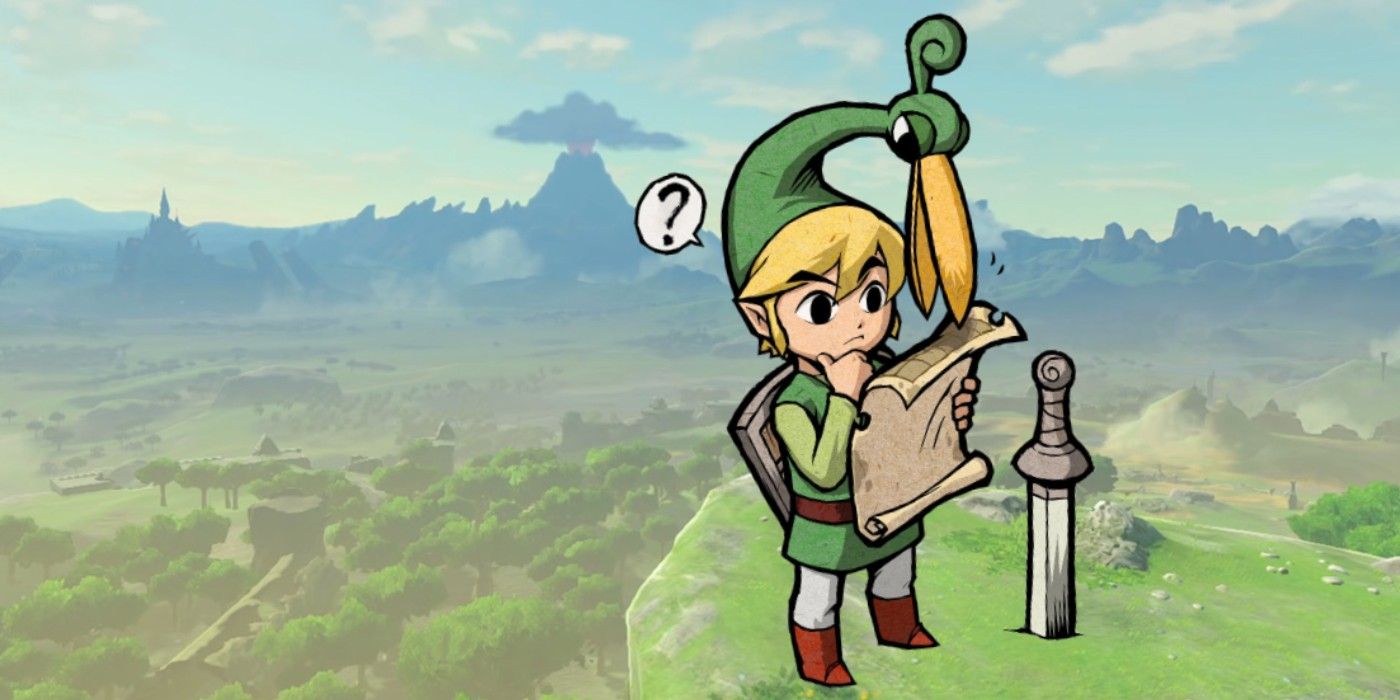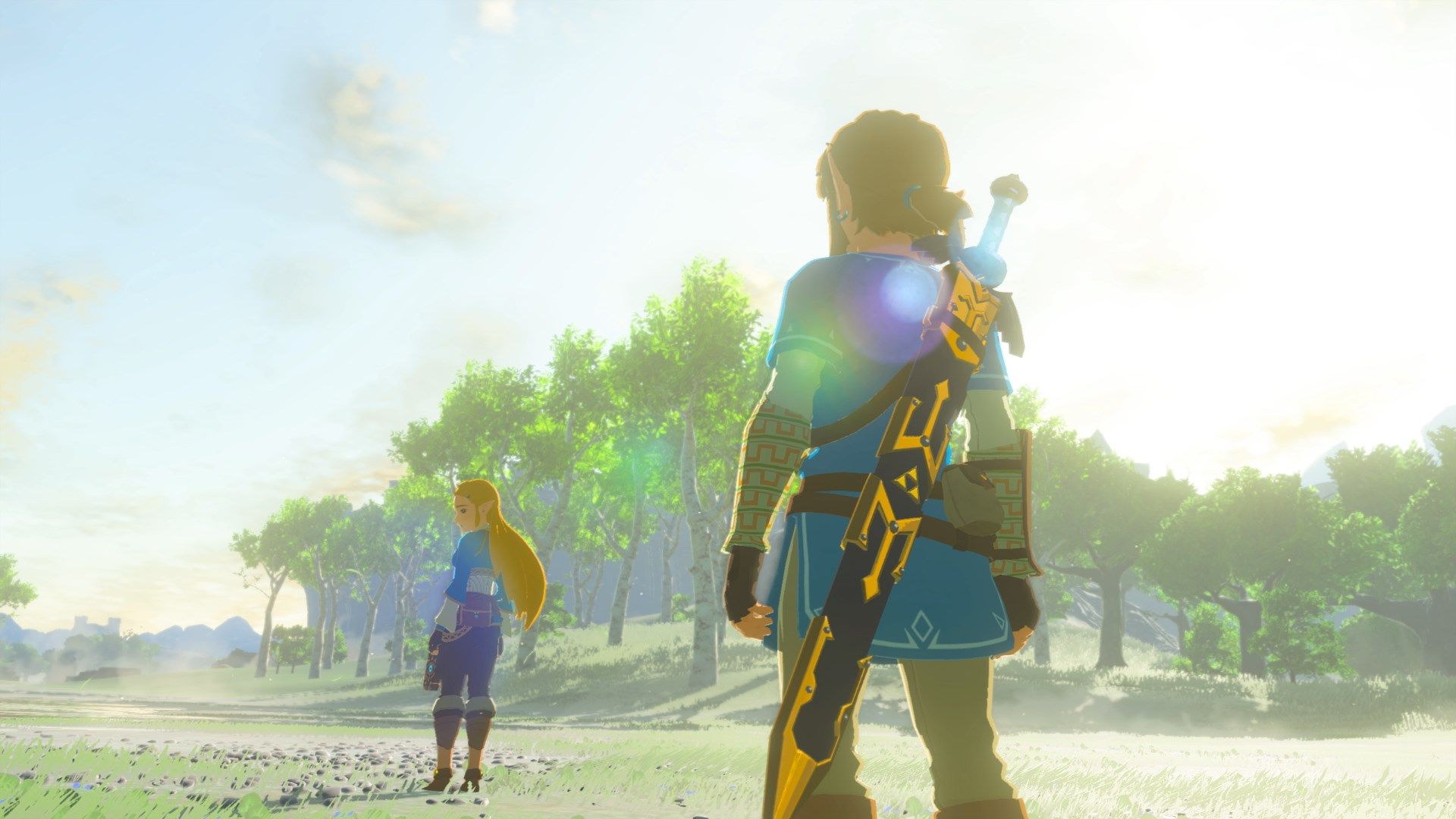The timeline for The Legend of Zelda is infamous for being convoluted and difficult to understand, and Breath of the Wild's placement only perpetuates this issue. Fans debated the history and lore of the franchise for decades until Nintendo released an official Zelda timeline in their Hyrule Historia book that revealed the true Zelda multiverse. Breath of the Wild released a few years after, so players started crafting their guesses on exactly where it stands in the timeline, and Nintendo's placement for the game has done nothing to ease any confusion.
As previously mentioned, the Zelda timeline is more of a multiverse, since Hyrule's history is distributed among three parallel realities that each branch out from Ocarina of Time's ending. The first timeline follows Link's success against Ganondorf after Zelda sends him back to his childhood so he can make up for his lost time. In this branch, the events of Majora's Mask, Twilight Princess, and Four Swords Adventures unfold. The second follows the timeline Link leaves behind to enjoy his childhood and this is where The Wind Waker and its sequels take place. The third timeline happens if the Hero of Time fails in his quest to defeat Ganondorf and this is where A Link to the Past and the original Zelda games take place.
After playing Breath of the Wild, it became clear to players that the story clearly took place at the end of the Zelda timeline, but because of the convoluted nature of its splits, conversation and debates ensued as to which timeline it belonged to. Nintendo has since officially confirmed that Breath of the Wild takes place at the end of the timeline, but they purposefully held back on revealing which specific timeline it was. In an interview found in the Breath of the Wild — Creating a Champion book, Eiji Aonuma stated that he was happy to hear that fans resonated with the return to series "roots" and that they didn't want to definitively state which timeline it's in because fans were "enjoying imagining the story."
Why Breath of the Wild's Timeline Ambiguity Is Bad
The problem with this ambiguous timeline placement is that it excuses the blatant use of exclusive elements found in each of the three timelines without any meaningful explanation of how this came to be. For example, the game features both the Zora and Rito tribes, which according to the lore of The Wind Waker, should be impossible. In Wind Waker's timeline, Zoras cease to exist after they evolve into the Rito tribe and the Rito people never appear outside of this timeline at all, since the other two timelines feature the Zoras. There are also Lynels and Spectacle Rock in Breath of the Wild, both of which only appeared in the downfall timeline. There are even parts of the child timeline present since Princess Zelda references the events of Twilight Princess in her monologue commending Link as a member of the Champions.
There is a considerable amount of evidence to support Breath of the Wild's placement in each of the three timelines, and Nintendo has yet to shed light on why that might be. The interconnected nature of Hyrule Warriors could potentially explain why the timeline ended up getting entangled the way it has in Breath of the Wild, but the company has confirmed that the spin-off title is non-canon. Speculating about one of Nintendo's most confusing stories is certainly entertaining but it doesn't justify the lack of consistency in Zelda's storytelling. Perhaps Breath of the Wild's sequel will elaborate more on the timeline placement, even though it's more likely Nintendo will continue re-building the ambiguity of the Zelda timeline.


